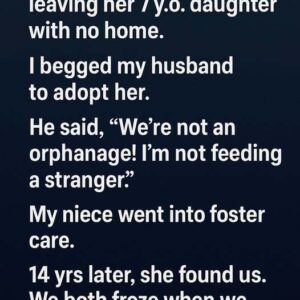Big changes are coming to the federal food stamp program, formally known as SNAP. Starting this November, the sweeping reforms under the One Big Beautiful Bill Act will reshape food assistance across the U.S., cutting $187 billion in funding through 2034 — one of the most significant shifts in decades.
The law expands the work requirement for SNAP recipients. Adults must now work at least 80 hours per month to continue receiving benefits beyond three months in any three-year period — and the age range has jumped from 18–54 to 18–64. Exemptions have been slashed, with only parents of children 13 and under qualifying. Previously protected groups, including homeless individuals, veterans, and young adults aging out of foster care, no longer have automatic exemptions. States may apply for waivers if unemployment exceeds 10 percent, with Alaska and Hawaii receiving automatic exceptions at higher thresholds.
The Congressional Budget Office (CBO) estimates these rules will reduce SNAP enrollment by roughly 2.4 million participants per month through 2034. While tribal communities gain some flexibility, the overall number of households receiving benefits is projected to drop sharply from the current 41 million monthly participants.
Tighter Immigrant Eligibility
The new legislation restricts SNAP to U.S. citizens and lawful permanent residents, eliminating prior exceptions for humanitarian parolees, long-term residents, and other non-citizens. About 90,000 people per month could lose benefits under the tightened immigration rules, prompting criticism from groups like LULAC. The White House defends the move, citing taxpayer protections and reduced program fraud.
Thrifty Food Plan Freeze
SNAP benefits, based on the Thrifty Food Plan, will see frozen major updates until 2027. Future revisions must be cost-neutral, limiting increases, and regional flexibility has been removed. Cost-of-living adjustments will continue but are now capped by household size, reducing growth for larger families.
States Face Higher Costs
The federal share of administrative costs will drop from 50% to 25% starting in fiscal 2027, leaving states to cover more of the expense. States with high error rates in benefit payments face financial penalties, adding pressure to already tight budgets. Florida alone anticipates tens of millions in additional costs annually under the new system.
The Big Picture
These reforms mark a major shift toward stricter eligibility, increased state accountability, and reduced federal spending. Supporters praise the bill for closing loopholes and promoting self-sufficiency. Critics warn it could push vulnerable Americans deeper into food insecurity, especially older adults, low-income families, and certain immigrant groups.
As state agencies prepare to implement these changes before November, millions of Americans will feel the impact. The coming months could redefine who receives federal food assistance and how the nation supports its most vulnerable populations.
Have you or someone you know been affected by SNAP changes? Share your thoughts below — your voice matters in this critical conversation about food security.





